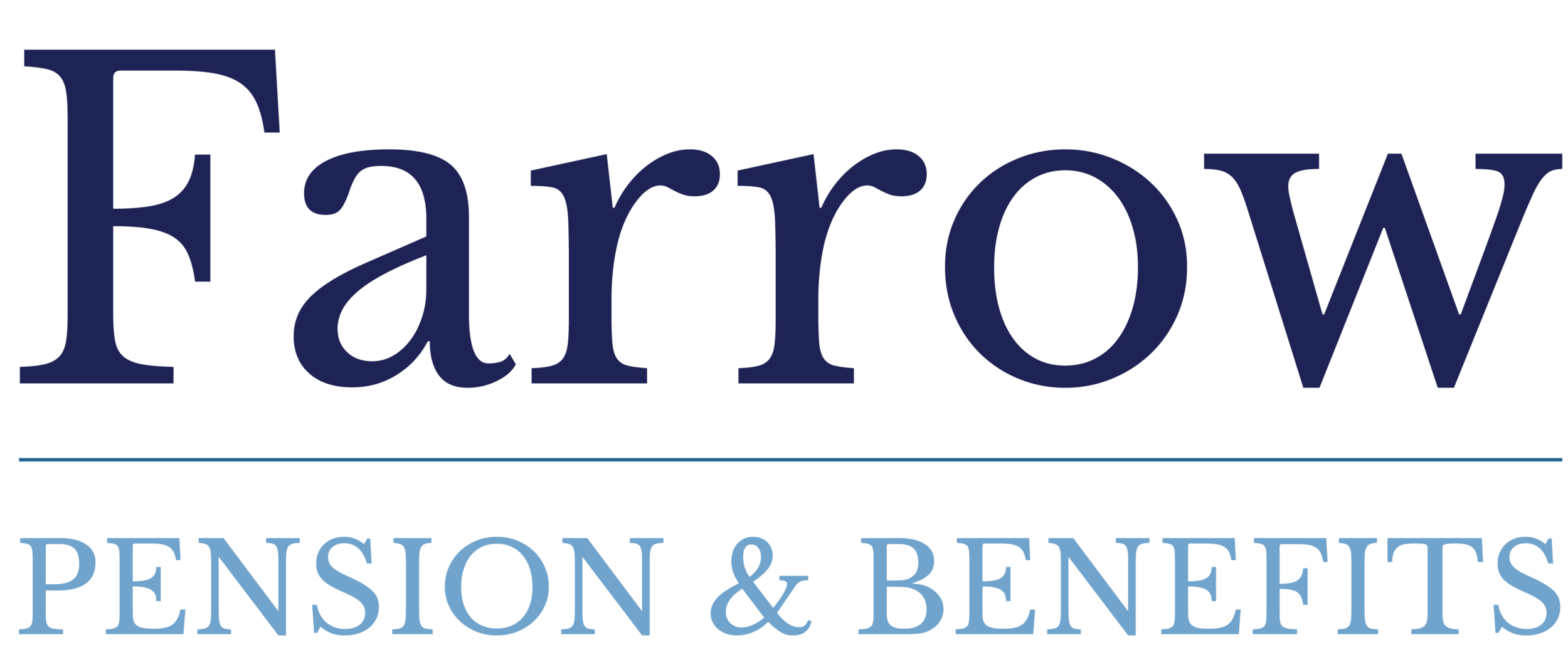Revised Guidelines for Cash Accumulation Plans (CAPs) mean more responsibilities for Employers
In 2004 the Joint Forum of Financial regulators released guidelines for Employers who offer any type of cash accumulation plan to their employees. New guidelines have been released, May 13, 2022, in a consultation draft. Our firm has submitted our response.
The type of plans referenced in these guidelines have always included Defined Contributions Pension Plans, Deferred Profit-Sharing Plans, RRSPs, TFSAs and Savings Plans. This has now been expanded to include Registered Education Savings Plans, Voluntary Retirement Savings Plans (VRPP) and any type of employer-sponsored decumulation plan (Life Income Funds & Registered Retirement Income Funds) for retirees.
While these are still strictly guidelines and not legislated, they do reflect the “expectations of regulators” and the “regulators views” on the responsibilities of CAP sponsors, administrators, service providers and plan members. They now also apply to highly regulated, Defined Contribution Pension plans which (in my mind) brings them closure to the law. They also reference the plan sponsors “Standard of Care” or duty of care feature in common law. So, if challenged, these guidelines would clearly serve as the benchmark in a court of law.
The new Guidelines offer definitions that are far more detailed which adds clarity to everyone’s responsibilities and duty of care.
Examples that impact an employer’s liability include:
Performance monitoring of Investment Options including the fees and expenses paid by the plan members.
Qualifications of plan providers (advisors) and the “terms of engagement” (implies a service agreement which defines the services provided and remuneration).
Cost of services provided and the “reasonableness of all member- born fees and the tangible benefits for members of the services provided. “This Employer responsibility is mentioned numerous times. Advisor commissions are specifically referenced (4.4.1).
Ongoing plan member education strategy that is geared to the intended purpose of the plan.
The new guidelines recognize and define automatic plan features including auto-enrollment and auto-escalation. They also indirectly recommend Target Date Funds as the default fund when an employee fails to make an investment decision at enrollment.
What does this mean for plan sponsors?
With clearly defined and detailed best practices, you are certainly exposed if your plan fails to meet the expectations of an employee or group of employees.
“I didn’t know, you didn’t tell me, I didn’t understand “.
Best practice considerations:
1. Commission Disclosure/ Service Agreement.
Many plans offered today are priced with the plan member paying all or most of the costs associated with the operation of the plan through fees charged against their funds. Advisor commissions are a significant piece of those fees. The smaller the plan, the more significant the impact on these fees.
It’s vital to have a service agreement with your advisor that clearly defines what services they provide and how they are paid. It’s just as important to understand how these commissions impact the member paid fees. This agreement and your advisor's performance should be reviewed annually.
2. Pay the Admin fees and Commissions outside the member paid fees.
This will provide the plan member with a higher net return on their investments and ultimately a much larger final benefit. A 1% difference in returns can result in a 30% increase in the final benefits over time. You can still have plan members pay the costs associated with the investments. It’s important you understand the composition of these fees.
3. Auto-enrollment and Auto escalation plan features.
Considerable liability is attached to employees who decline to participate if given the choice. Don’t give them that option.
4. Follow a clearly documented Governance process that is designed to meet the CAPs guidelines and the “expectations of the regulators.”
If you follow these recommended best practices and guidelines, you will mitigate any potential fiduciary liability and your plan members will end up with a better understanding, appreciation and ultimately a higher account value.
WAYNE FARROW
Over his 40 year career, Wayne has worked with hundreds of Canadian corporations to design and manage Retirement Savings Programs involving thousands of plan members.
His hands-on approach and involvement at the Plan Member level gives him a unique ability to see things through the eyes of all the stakeholders and most importantly, the Plan Member.
He has literally been there, and done that, on the shop floor, not the 52nd floor.
This experience has allowed him to simplify the plan design and management of retirement programs in such a way that the most important elements are clearly understood by both the Plan Sponsor, and the Plan Member.
As he always says, “if you can’t explain it to an eight year old, then you don’t understand it.”
You can contact Wayne at: wayne@farrowpension.ca

